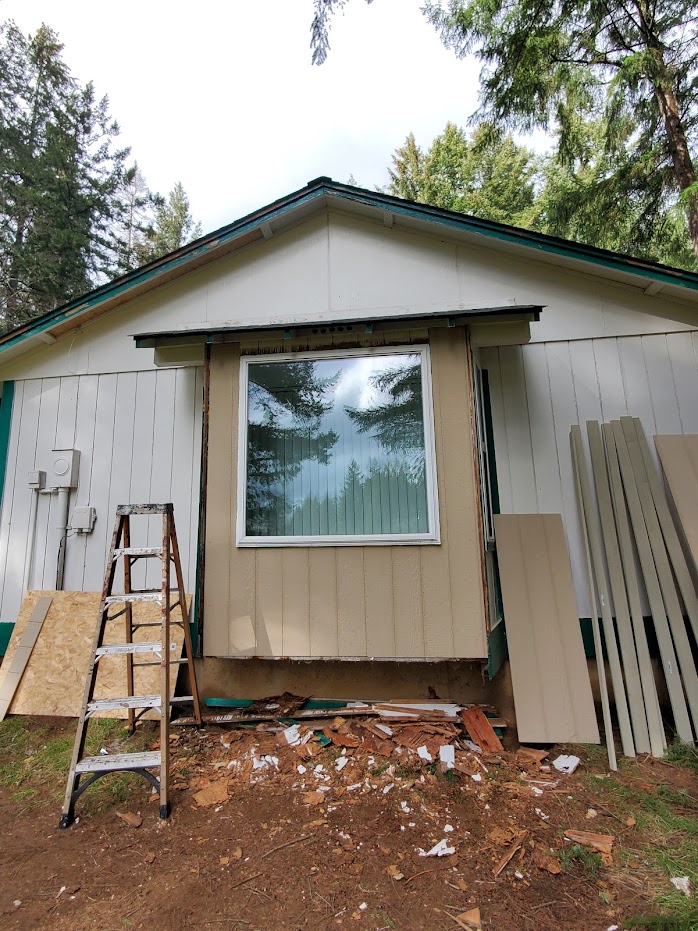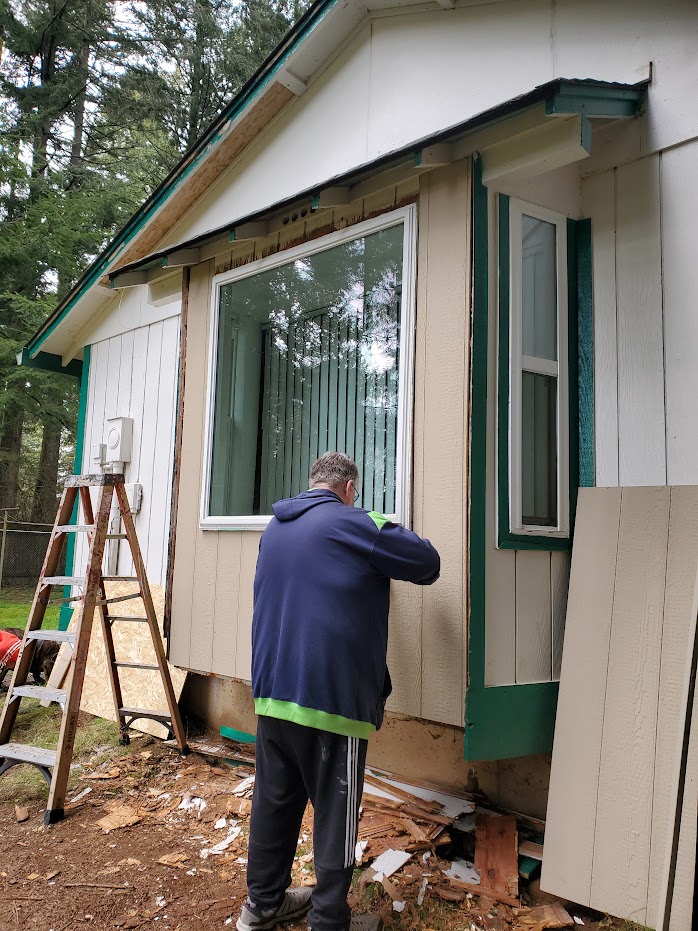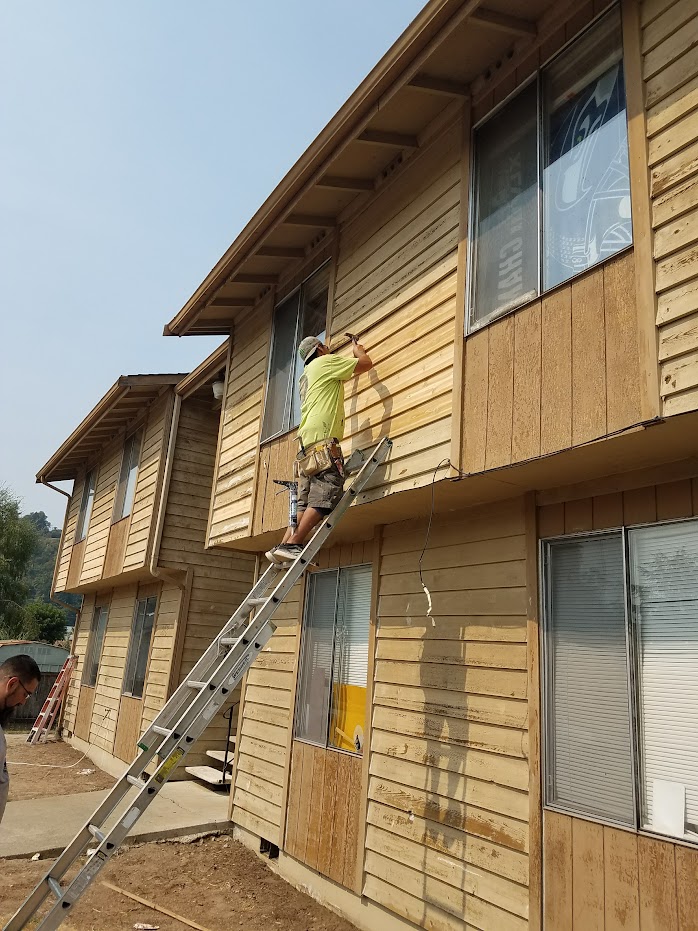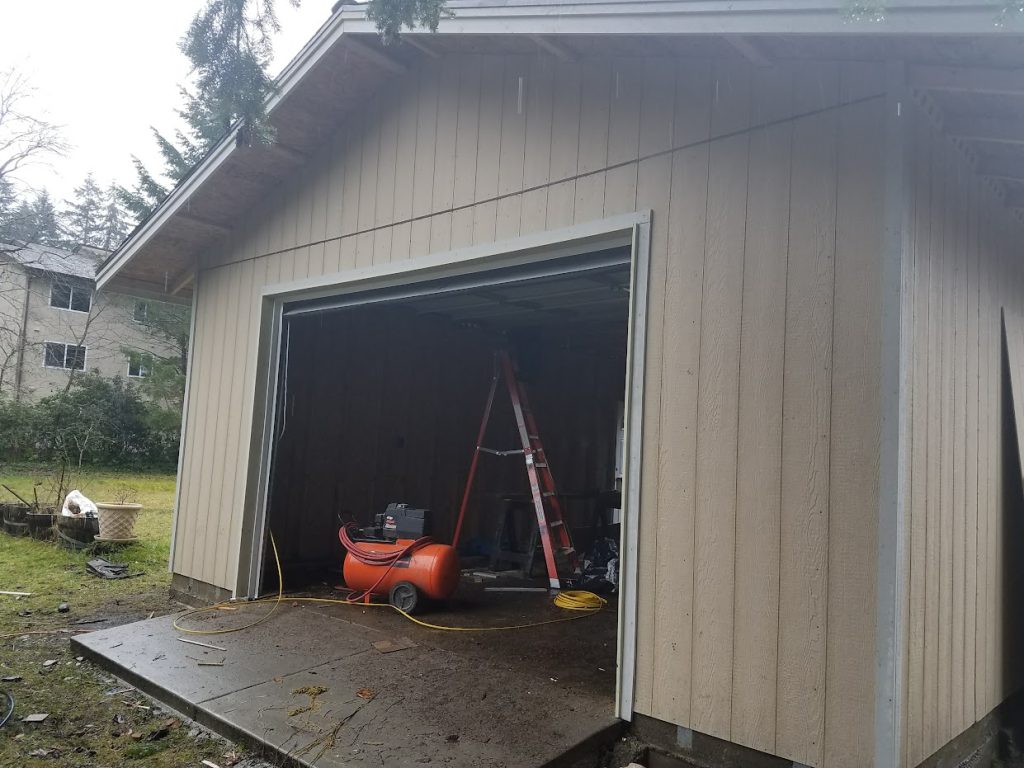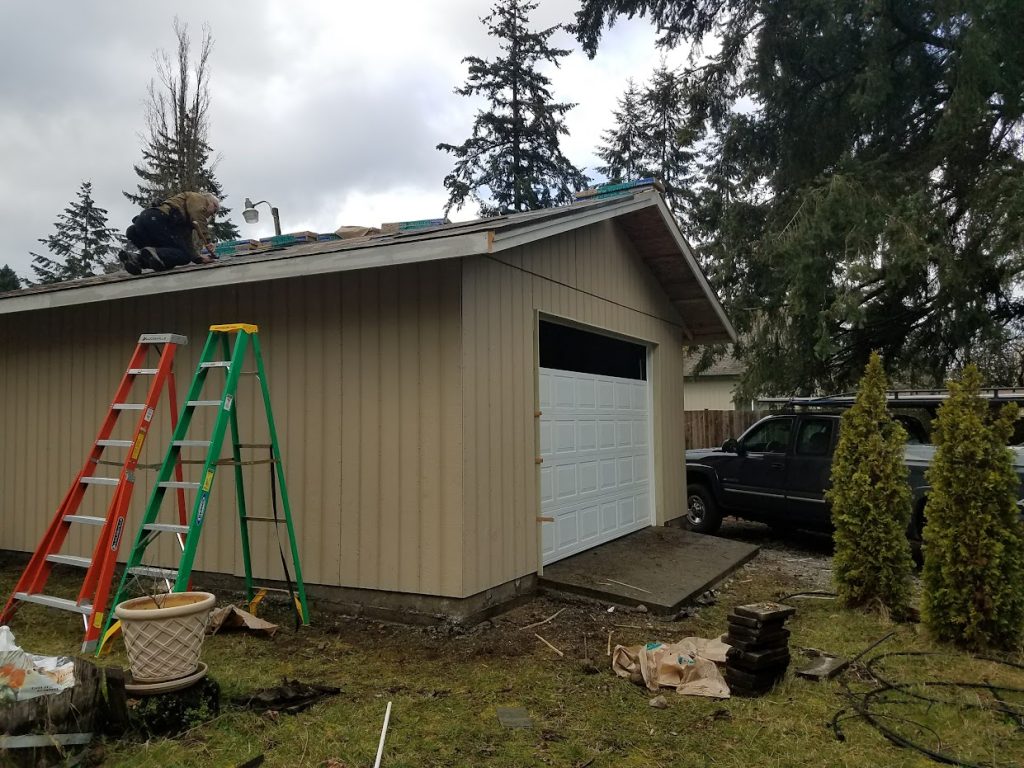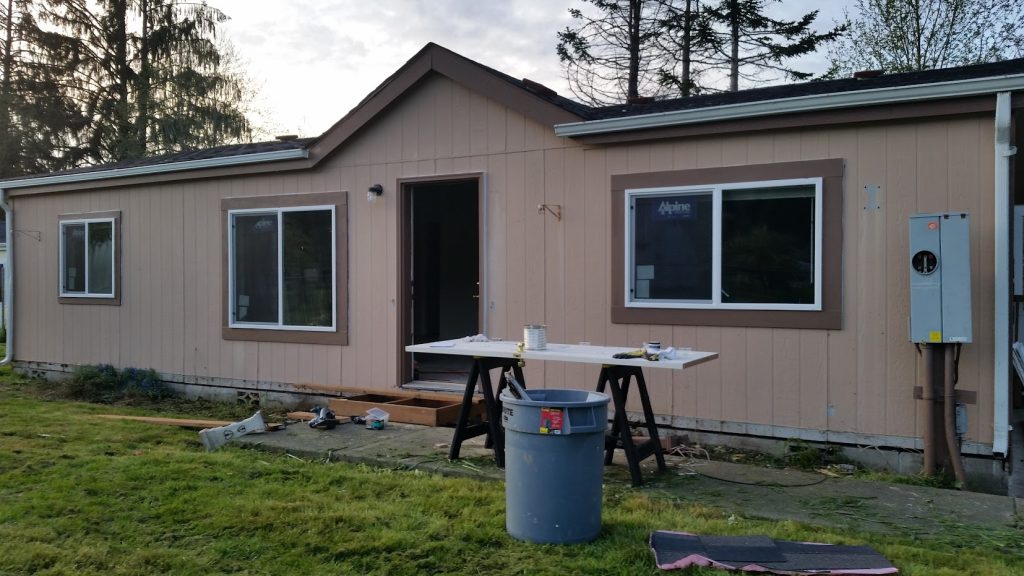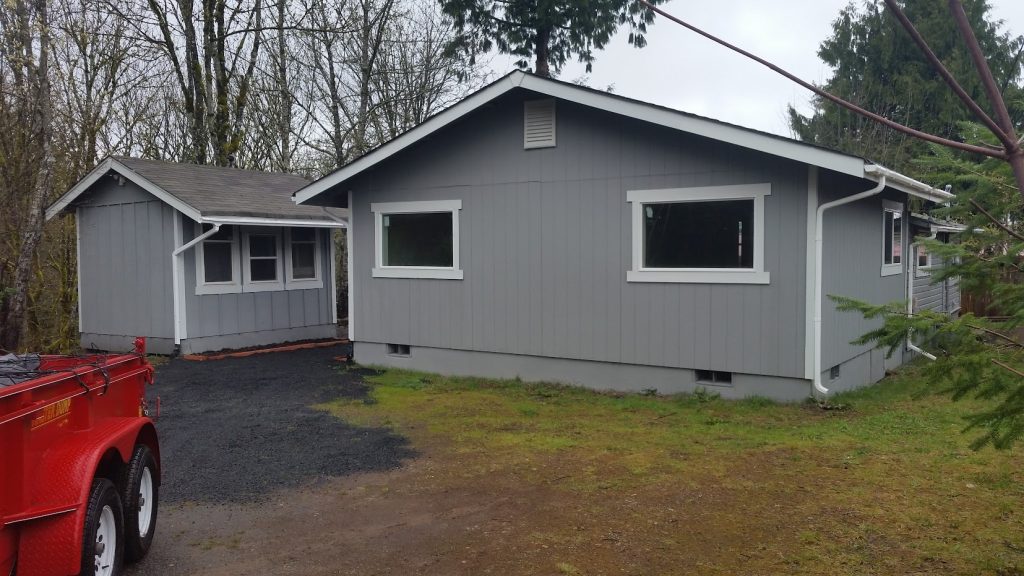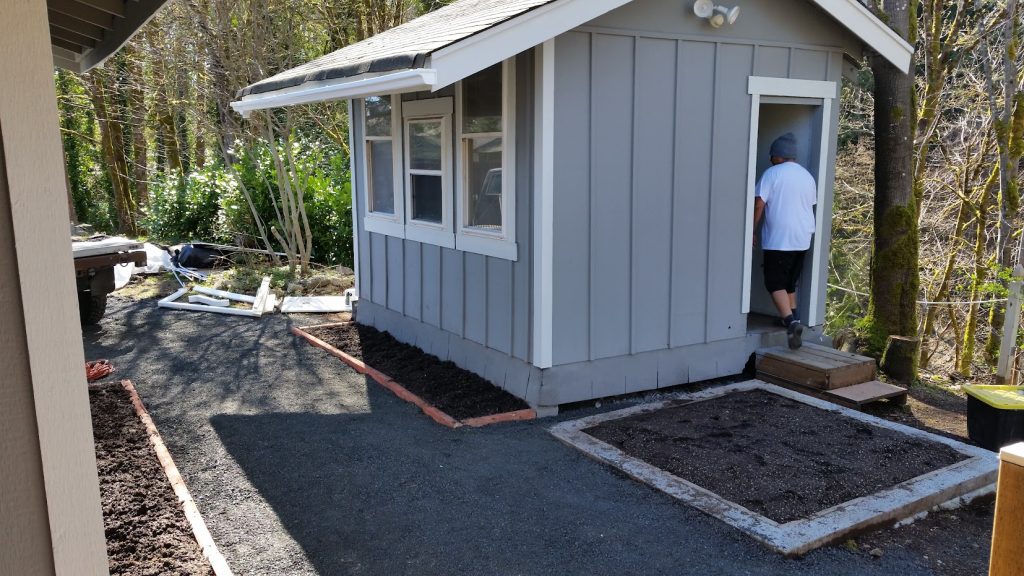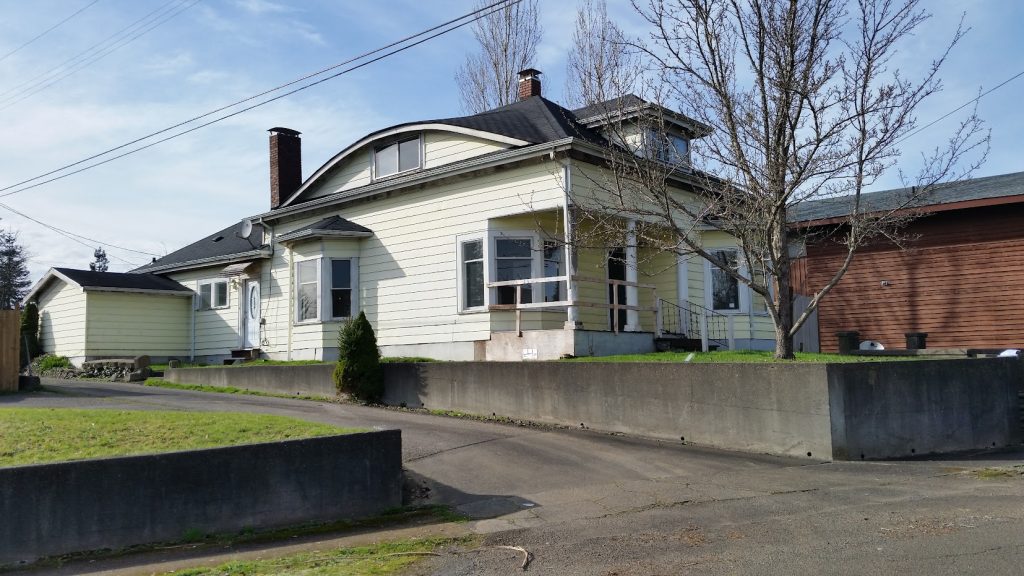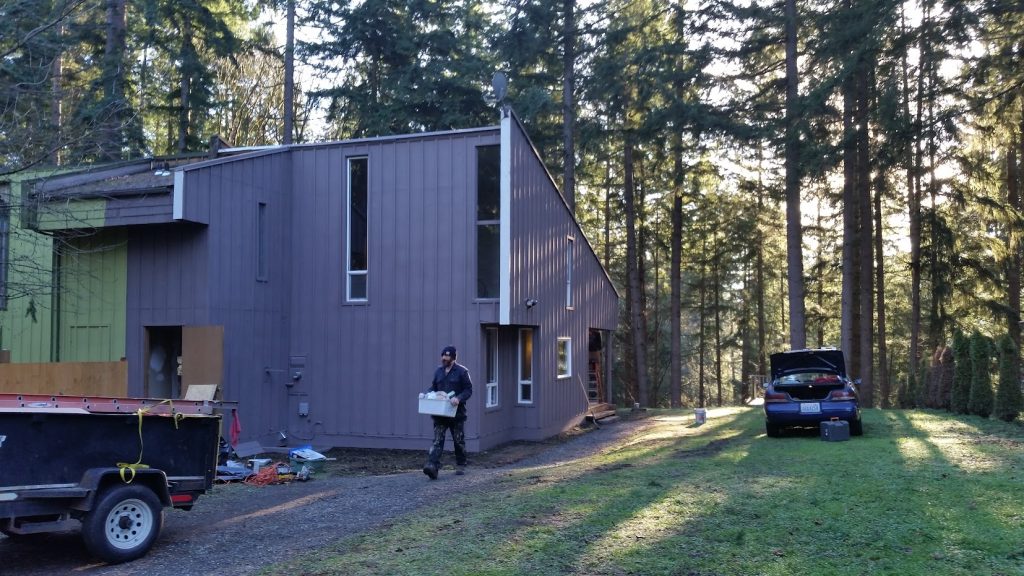Painting Remodeling and Repair:
- Surface Preparation:
- The painting process begins with thorough surface preparation. This involves cleaning surfaces, patching holes or cracks, and sanding rough areas to ensure a smooth and even canvas for the new paint.
- Priming:
- Applying a primer is essential, especially on bare surfaces or areas with significant repairs. Primer enhances paint adhesion, seals porous surfaces, and provides a uniform base for the topcoat.
- Paint Selection:
- Homeowners choose paint colors and finishes based on their preferences, the style of the home, and the specific requirements of each room or exterior surface. Paint finishes can range from matte to glossy.
- Interior Painting:
- Interior painting involves carefully applying paint to walls, ceilings, and trim. Proper techniques, such as cutting in edges and using painter’s tape, are employed to achieve clean lines and a professional finish.
- Exterior Painting:
- Exterior painting includes the application of paint to the outer surfaces of the home, such as siding, trim, doors, and shutters. Exterior paints are designed to withstand weather conditions and UV exposure.
- Special Finishes (if applicable):
- Depending on the desired aesthetic, special finishes like textured paint, faux finishes, or decorative techniques may be applied. These can add depth and character to the painted surfaces.
- Cabinet Painting (if applicable):
- In some remodeling projects, homeowners may choose to update the look of cabinets by repainting them. Proper surface preparation and high-quality paint contribute to a durable and attractive finish.
- Finishing Touches:
- After the paint has dried, finishing touches may include removing painter’s tape, touching up any imperfections, and ensuring a clean and polished appearance.
- Cleanup:
- Thorough cleanup is essential, including removing drop cloths, cleaning brushes and rollers, and disposing of paint cans properly. A clean workspace is part of a professional painting job.
- Maintenance Recommendations:
- Homeowners are often provided with maintenance recommendations, such as how to clean painted surfaces and when to schedule touch-ups to keep the paint looking fresh.
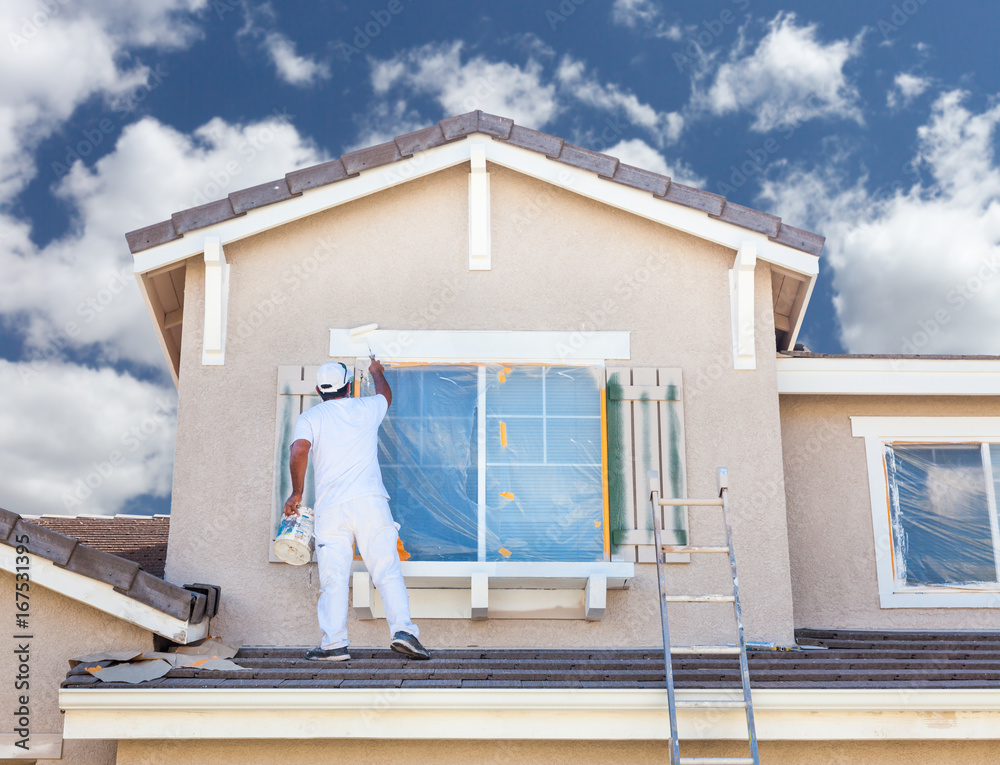
Siding Remodeling and Repair:
- Assessment:
- The siding remodeling and repair process begin with a thorough assessment of the existing siding. This includes checking for damage, rot, or signs of wear. The type of siding material (vinyl, wood, fiber cement, etc.) and its condition are key factors in determining the scope of the project.
- Material Selection:
- Homeowners choose new siding materials based on their preferences, budget, and maintenance considerations. Common options include vinyl, wood, fiber cement, or metal siding.
- Siding Removal (if necessary):
- If the existing siding is in poor condition, partial or complete removal may be necessary. This involves taking down old siding panels or shingles.
- Structural Repairs:
- Structural repairs may be needed to address any underlying issues. This could include replacing damaged sheathing, studs, or insulation.
- Installation:
- The new siding is installed according to the chosen material. Proper techniques are employed to ensure a weather-tight seal, proper alignment, and an aesthetically pleasing appearance.
- Trim and Corners:
- Trim and corner pieces are installed to provide a finished look and protect vulnerable areas. This includes window and door trim, as well as corner pieces that cover the joints between siding panels.
- Flashing Installation:
- Flashing is installed around windows, doors, and other openings to prevent water infiltration. Proper flashing is crucial for maintaining the integrity of the siding and preventing moisture-related issues.
- Painting or Finishing (if applicable):
- Depending on the siding material chosen, painting or finishing may be part of the installation process. Some materials, like wood or fiber cement, may require priming and painting to enhance their durability and appearance.
- Gutter Installation or Repair:
- Siding projects often involve addressing gutters and downspouts. This may include installing new gutters, repairing existing ones, or ensuring proper integration with the new siding.
- Cleanup:
- Thorough cleanup is essential, including removing debris from the installation process and ensuring the surrounding landscape is restored to its original condition.
- Maintenance Guidelines:
- Homeowners are often provided with maintenance guidelines specific to the chosen siding material. This may include recommendations for cleaning, painting, or inspecting the siding periodically to identify and address any issues.
Both painting and siding remodeling and repair projects contribute significantly to the overall appearance and durability of a home. Attention to detail, proper preparation, and the use of quality materials are essential for achieving long-lasting and visually appealing results.

